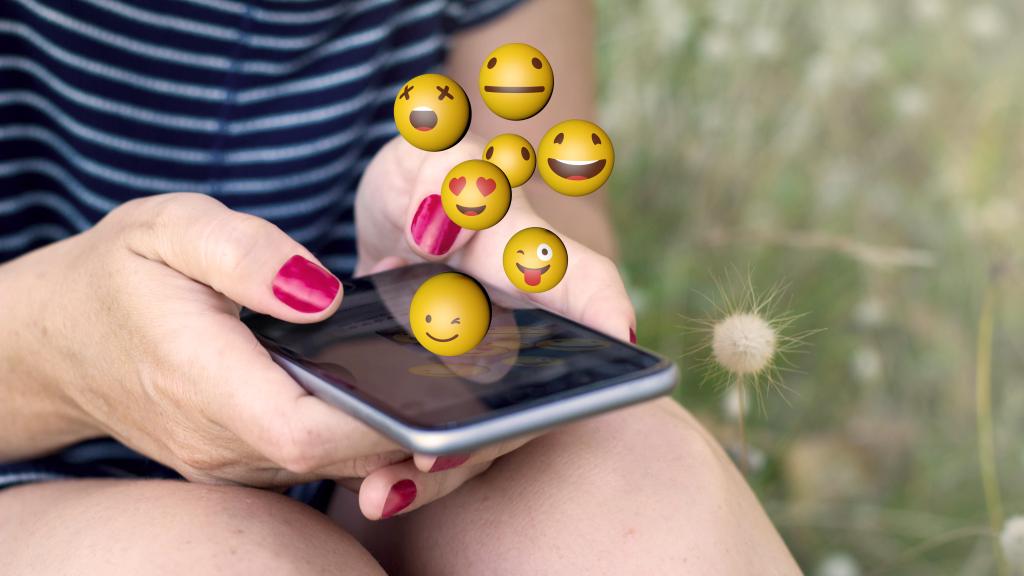The Psychological Implications of Emoji Use
As a 27-year-old now, I reflect on my early twenties with some embarrassment about my tendency to ghost potential romantic interests. In today’s dating world, ghosting refers to the act of not responding to someone’s messages; my decision was often swayed by their cringe-worthy emoji choices. A prolific use of emojis? Major turn off. A wink emoji? Absolutely not. The classic laughing crying face? Instant red flag—blocked.
However, a study published in Current Psychology analyzed 285 college students and suggests that my emoji judgments might have been misguided. Instead of focusing on cringeworthy usage, I could have been assessing deeper psychological traits. The research indicates that men who frequently use emojis might possess Machiavellian tendencies. Thus, my self-preservation could be interpreted as discerning taste, steering clear of potentially manipulative individuals.
Emoji trends come and go—knee-length denim shorts are making a comeback, along with laughing crying faces, which I have grown to love. The more dramatic, the better. In our current climate of global tension and uncertainty, embracing a maximalist texting style seems more appealing. My go-to is the sobbing face, frequently exchanged in chats with my best friend. If we run out of pasta, I’ll send ten. Miss a train? Another fifteen. Facing rejection? Twenty sobbing faces. We also use them positively, like when she gifts me a chocolate treat—I might send a dozen happy emojis in return. Our conversations are a torrent of bright, cartoonish expressions.
What was once perceived as lame has now become trendy. The monkey covering its eyes and various silly tongue emojis are now fair game in texting. However, the Current Psychology study indicates that women who excessively use emojis may lean towards narcissistic behaviors. I’ll save that dilemma for another day. Still, I maintain some boundaries; there are certain emojis I prefer to avoid, such as the aubergine or the cheeky wink. The study also noted that men have a penchant for sending poop emojis, which I definitely could do without.
That said, there’s potential for emoji rehabilitation. The secret lies in embracing excess and irony; sincere emoji usage can seem overly earnest and off-putting. That’s also true for text punctuation. In my quest to avoid it, I would often insert sparkles or foliage to break up my text. Now, I’ve adapted to using commas, though periods still make me uncomfortable—they feel too final and formal.
Sincerity in communication is reserved for serious discussions, especially during conflicts. That’s when I consciously employ proper grammar and punctuation, signaling careful consideration, along with more restrained emojis. After resolving a disagreement, I might throw in a couple of heart emojis, typically in red or pink, or sometimes green when I’m feeling particularly cheeky. Having absorbed insights from pop culture, such as the film Adolescence, I know that for younger generations, colors carry distinct meanings—red for love, green for friendship. A colleague’s friend often sends purple hearts, and she should take note, as this may imply romantic interest.
Perhaps the simplest solution is to forgo emojis entirely. That way, no one could label you as Machiavellian or narcissistic.




Post Comment